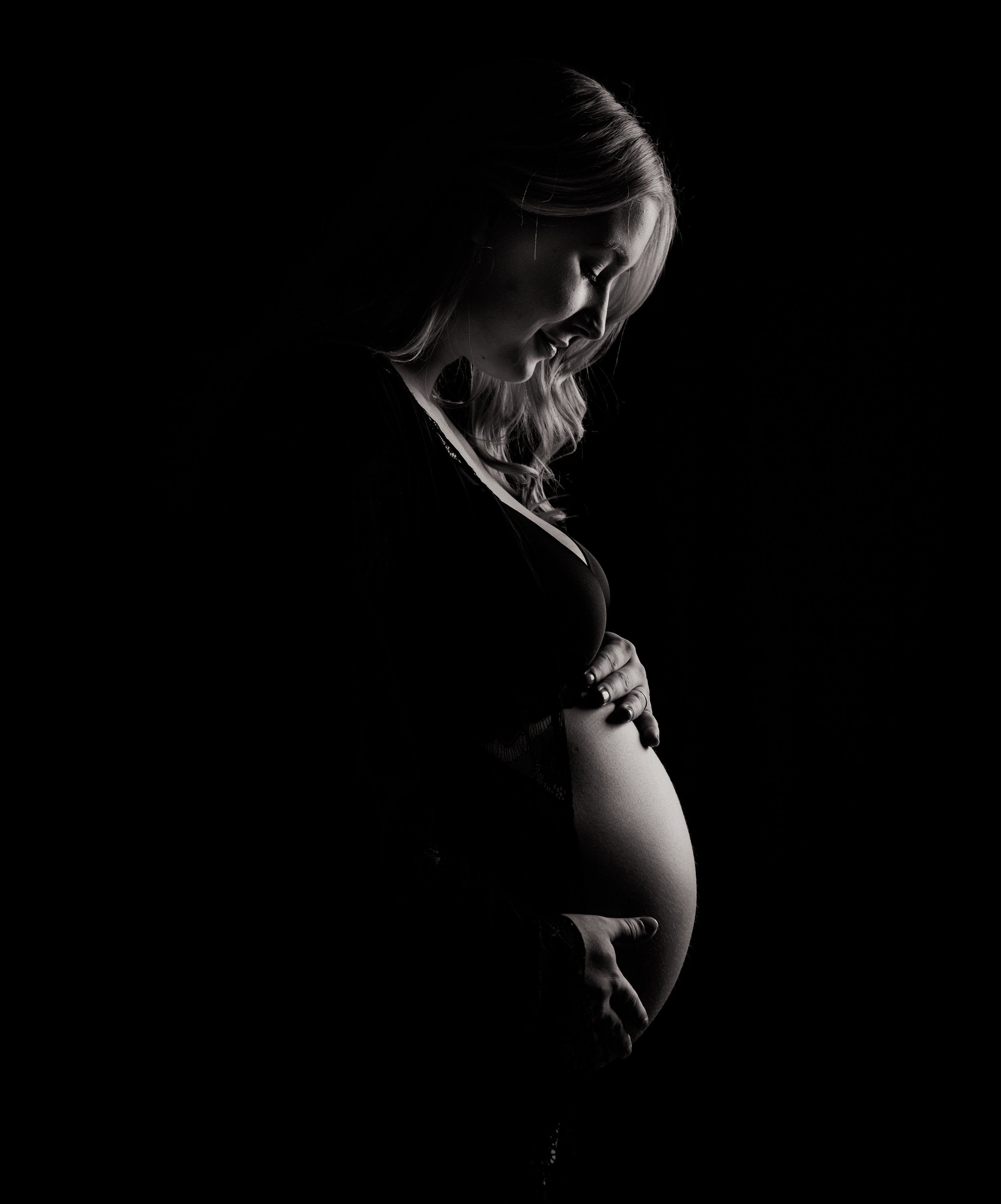Why Is the Maternal Death Rate Soaring in the U.S., and Falling in the Rest of the Developed World?
/If you haven't heard about Lauren Bloomstein by now, here's her story—a story that should, and hopefully will, change everything about childbirth in America. Lauren was a healthy 33-year-old nurse in the neo-natal intensive care unit at a New Jersey hospital who died shortly after giving birth to a baby girl in 2011. Soon after baby Hailey was born, Lauren's blood pressure skyrocketed, an obvious symptom of the treatable but potentially fatal-if-overlooked condition called preeclampsia. The hospital staff ignored every attempt by Lauren and her husband Larry (an orthopedic surgeon at the same hospital where Lauren worked) to get the treatment that would've saved her life. At one point Lauren cuddled baby Hailey; those 35 seconds are captured in this heartbreaking video. Then she died, just 20 hours later. Her death wasn't only tragic. It's infuriating, because Lauren's death was preventable, and so are 60 percent of the 700-800 maternal deaths (and 65,000 near-deaths) that happen annually in the U.S.
What can we do to prevent those preventable deaths? I've mentioned Lauren Bloomstein's case here before, as well as the lack of protocols in U.S. hospitals for treating maternity-related issues like preeclampsia (I had my own scary brush with the condition). But after going to an eye-opening panel discussion this week about the U.S.'s bizarrely high maternal death rate—the worst rate in the developing world, and steadily climbing— I'm determined to do whatever I can to help get the word out about the issue. The rate can and should be lowered dramatically, but it's going to take sustained action and commitment from legislators and the healthcare community.
By the way: None of this is meant to scare pregnant women, as NPR's Renee Montagne, who co-moderated the panel, put it. This is meant to inform and motivate, so women can know what symptoms to look out for, and how to advocate for ourselves. Hopefully we can work together to get better systems in place at every level of the health-care system. Currently, "giving birth is the sixth most common cause of death for women in the U.S. between the ages of 20 and 34," Montagne added. This issue affects all women of childbearing age, not just younger or advanced-maternal-age moms, and women of every race, ethnicity, and socioeconomic level—although race and class issues are implicated (see more on that below).
Larry Bloomstein, the late Lauren's husband, joined the panel and gave a brave, inspiring account of what happened to his family and how he's working to help improve hospital protocols. ProPublica's Nina Simon co-hosted with Montagne. The two journalists are co-creators of the series Lost Mothers, which has reported on the Lauren Bloomstein case and other stories of preventable maternal deaths, and is doing crucial work in examining the lack of hospital protocols and other systemic failures behind those unnecessary fatalities. Joining them were Mary D'Alton, chair of OBGYN at Columbia Medical Center; Deborah Kaplan, Assistant Commissioner of NYC's Department of Health; and Chanel Porchia-Albert, founder of Ancient Song Doula Services.
It's promising that all those key influencers gathered in one place to discuss and debate what's being done and still needs to be done to attack the maternal-death issue. Right now, as Montagne pointed out, "there exists no standard protocol for what to do in an obstetric emergency. If you've seen one Labor and Delivery ward, you've seen one Labor and Delivery ward." Hospitals often take a catch-as-catch can approach when it comes to certain types of emergencies, including preeclampsia.
That's one major reason why the U.S. numbers are so bad. As the NPR report puts it: "American women are more than three times as likely as Canadian women to die in the maternal period ... six times as likely to die as Scandinavians. In every other wealthy country, and many less affluent ones, maternal mortality rates have been falling; in Great Britain, the journal Lancet recently noted, the rate has declined so dramatically that 'a man is more likely to die while his partner is pregnant than she is.' But in the U.S., maternal deaths increased from 2000 to 2014." For women of color, the fatality rate in the U.S. is significantly higher than for white women: Black women, for instance, are 12 times more likely to die from maternity-related conditions.
Until better hospital protocols are in place—and systemic racism and related issues of access are addressed— it's vital to know what symptoms to look out for, and how to advocate for yourself if you need to. See the Preeclampsia Foundation site for info about symptoms and treatment. For information about other conditions, symptoms, and strategies for having a healthy birth and postpartum experience, and for advocating for yourself as a patient, check out this list of postpartum warning signs, and see also the American College of Obstetricians and Gynecologists site. Ancient Song Doula Services has more info too, and provides doulas to advocate for low-income pregnant women who otherwise could not afford the support needed to navigate the tangled, often-broken health care system.
Watch this space for more on this issue. Thanks for reading, and please help spread the word,



















